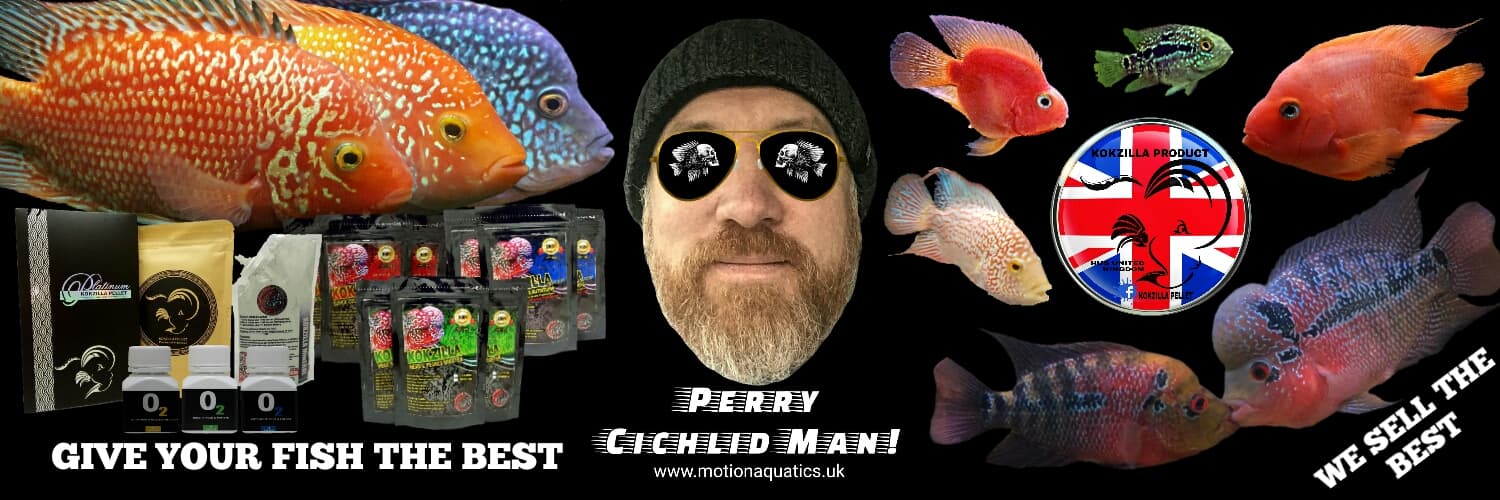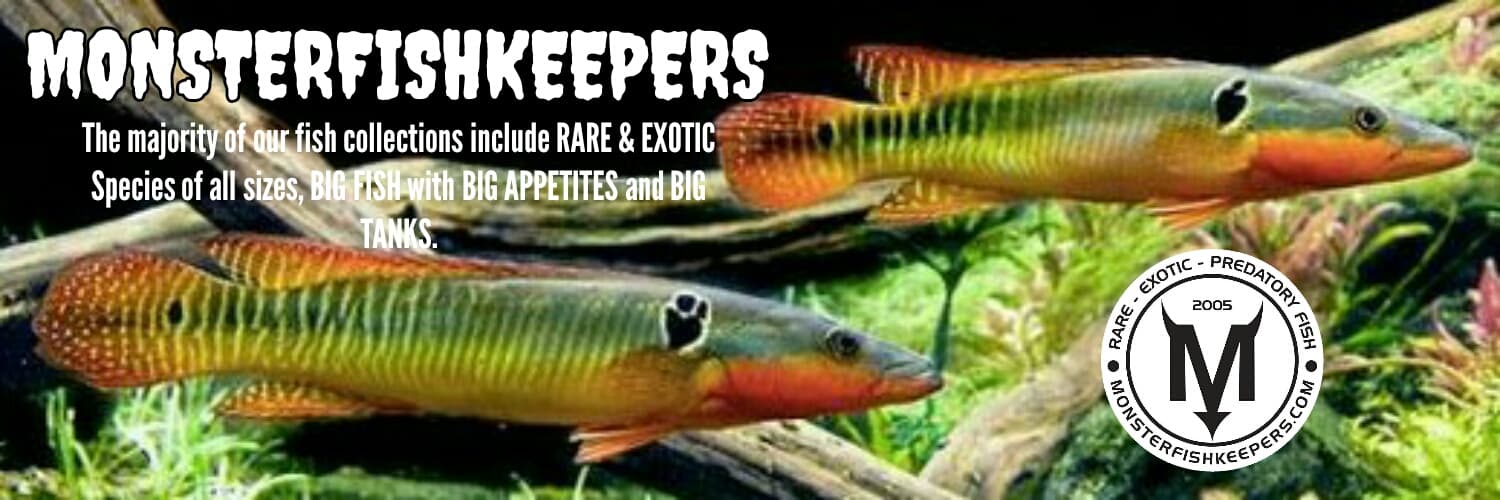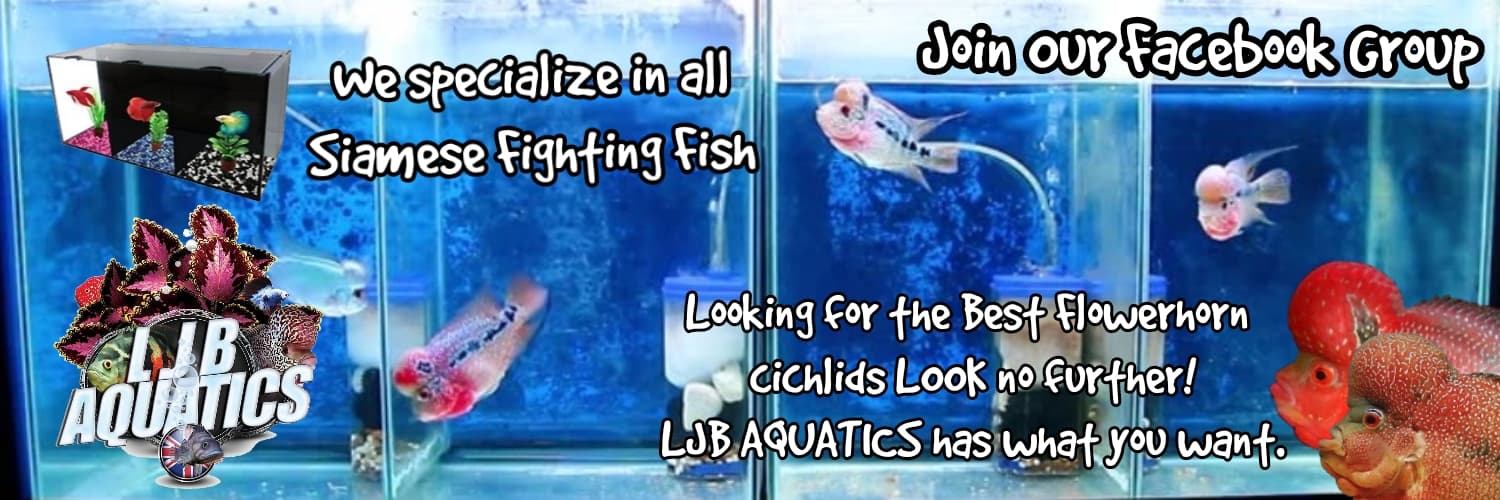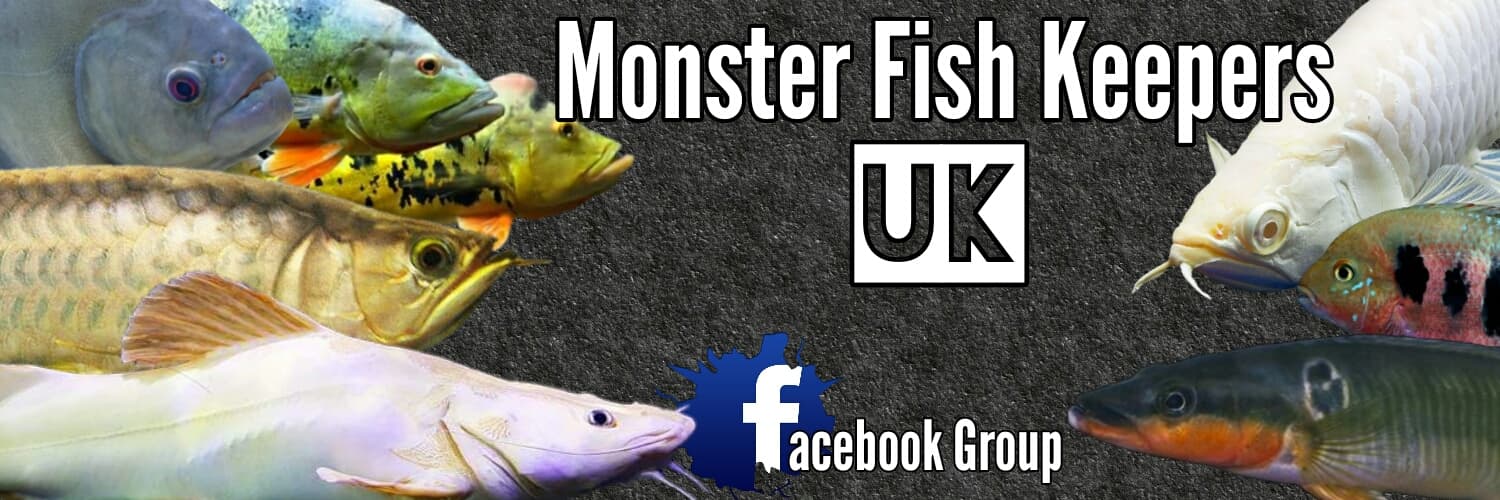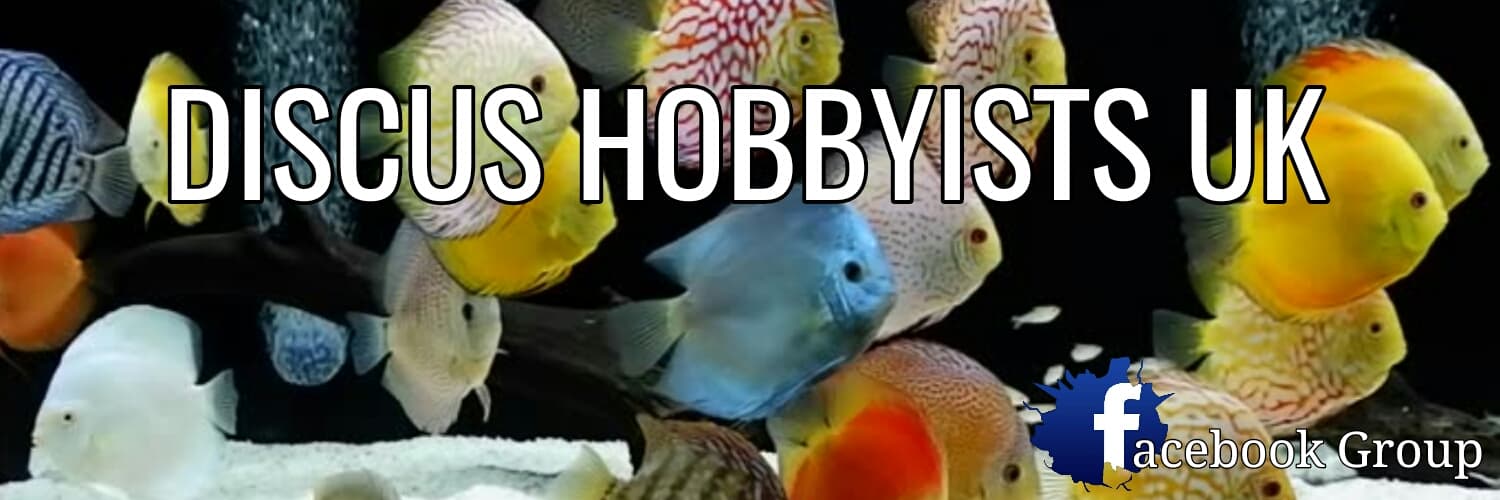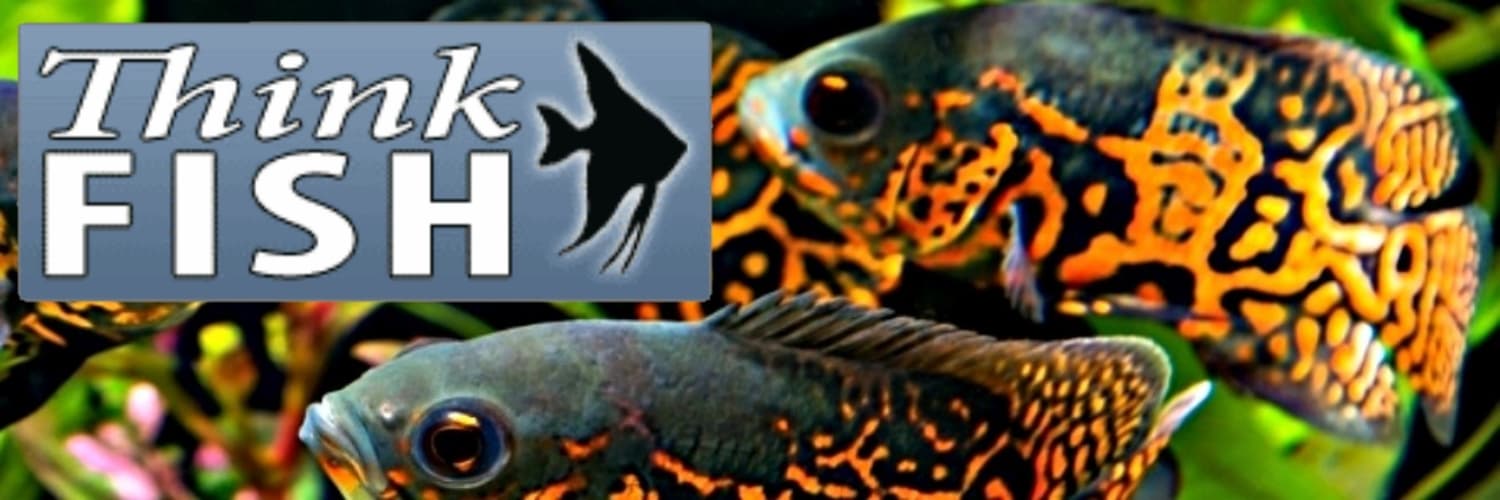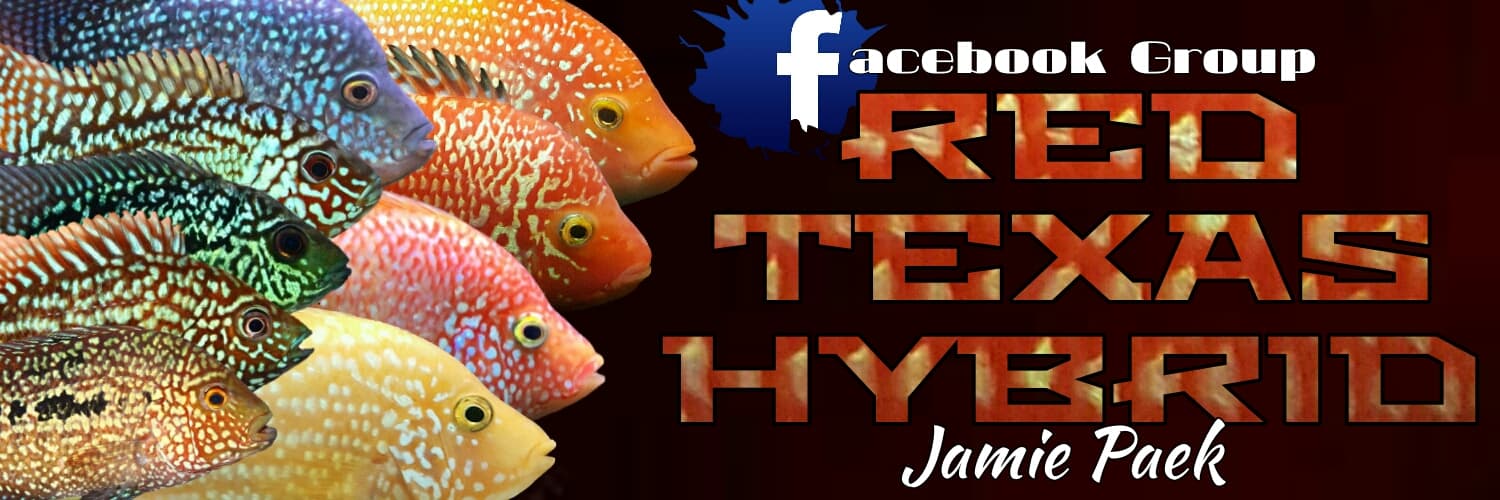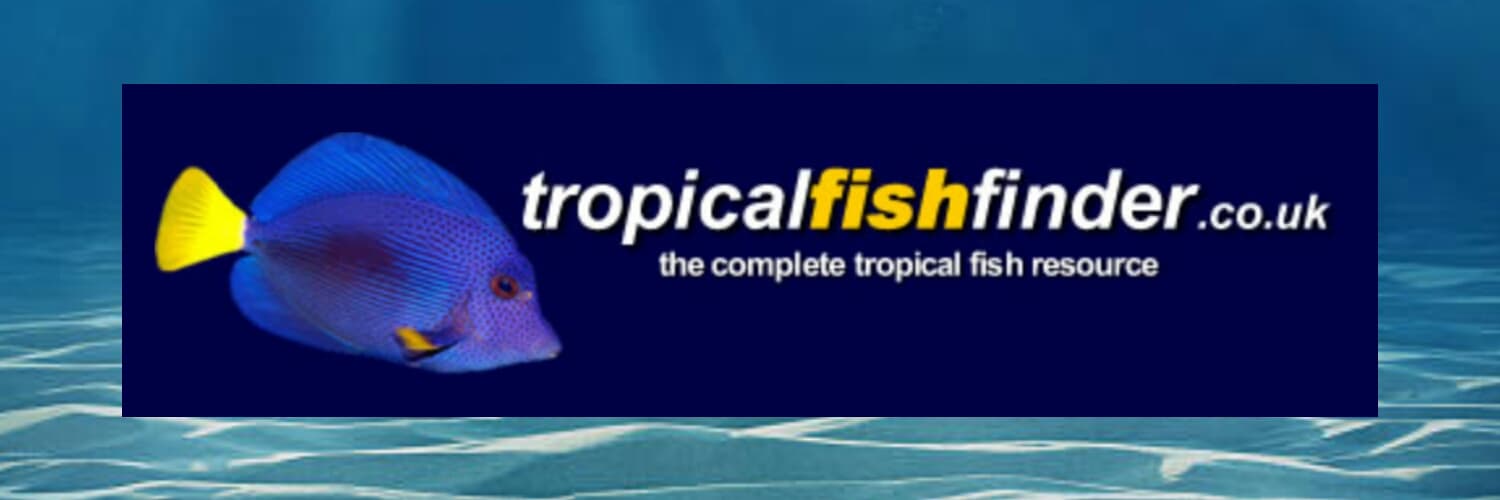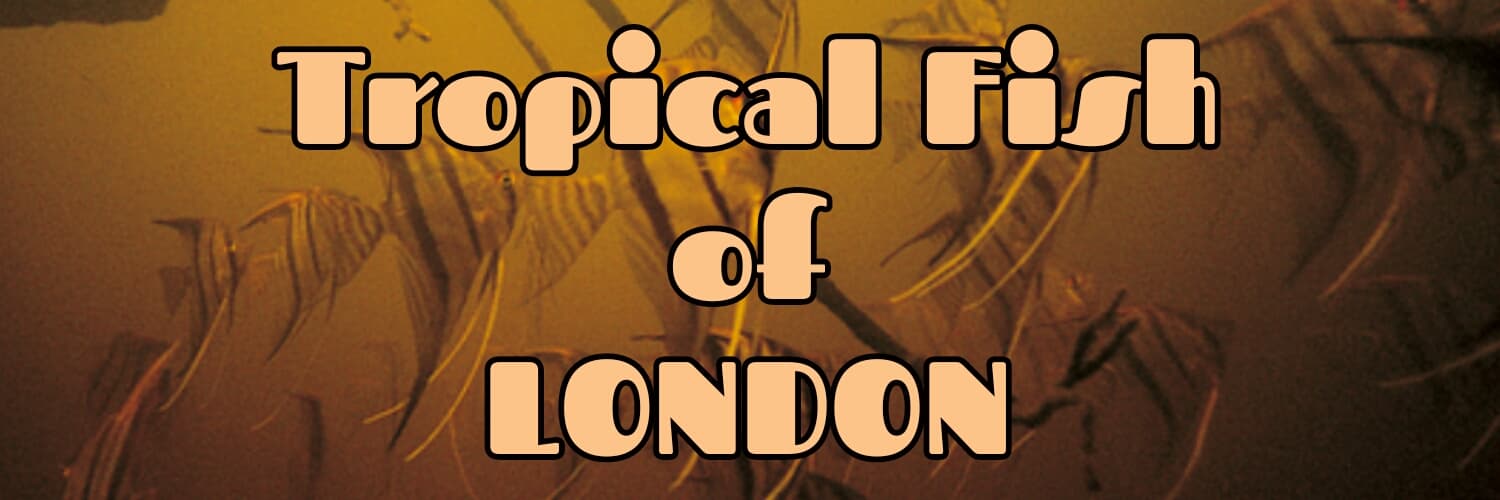What is a Cichlid?
All Cichlid species belong to the family Cichlidae, each having its own characteristics and requirements. There are at least 1300 scientifically described species, though numerous new species are discovered annually and many species remain undescribed. Thus, the actual number of species is unclear, with estimates varying between 1300 and 3000 species. Cichlids have become quite popular freshwater aquarium fish as most are small to medium sized, have a beautiful variety of shapes and colors, breed readily and practice brood care in captivity. Some of the most popular aquarium fish are Cichlids, including freshwater Angelfish, Discus fish, Oscar fish and Convict Cichlids. Thus, Cichlid breeding has become quite popular as more aquarist try breeding Cichlids themselves.
Cichlids are found throughout the world, including Africa, Asia, South America, Central America and even North America. Thus Cichlids are often categorized by their region, in which there are three main groups of Cichlids: African Cichlids, South American Cichlids and American Cichlids. African Cichlids mostly come from the Great African Rift Lakes: Lake Malawi, Lake Tanganyika and Lake Victoria. South American Cichlids are found throughout the Amazon River Basin, while American Cichlids are found mostly across Central America and a few species in North America.
Cichlids are found throughout the world, including Africa, Asia, South America, Central America and even North America. Thus Cichlids are often categorized by their region, in which there are three main groups of Cichlids: African Cichlids, South American Cichlids and American Cichlids. African Cichlids mostly come from the Great African Rift Lakes: Lake Malawi, Lake Tanganyika and Lake Victoria. South American Cichlids are found throughout the Amazon River Basin, while American Cichlids are found mostly across Central America and a few species in North America.
What Type Breeding
|
|
As you might also suspect, the practices of caring for the brood vary among the species as well. In fact, there are six forms. The first is the nuclear family. Sometimes called the parental family, it most closely resembles what humans practice. Both parents share the duties of caring for the babies. You'll see this practiced most often by those species of fish that also practice monogamous pairing. These fish, by the way, are most normally open-water brooders. Another option for members of this fish family is the matriarch or patriarch family. In the matriarch situation, the female watches the brood; the male defends the territory. Once the fry become free-swimming, the parents then share equally in all the associated tasks. You'll find this situation mostly in monogamous, open-water brooders. A similar situation is called the patriarch or matriarch or male-with-harem family. In this social setting the male defends a large territory. Included in this are multiple spawning sites of several females. Each of the females raises her own brood. In this setting, the male is obvious polygamous. In the social setting labeled matriarch family, no bond exists between the female and male. The female cares and guards her eggs as well as the fry when they're hatched. The two adult fish are agamous as well. Closely related to this is the patriarch family, where, as you might guess, no bond forms between the parents. But in this situation, the male carries the eggs and the fry. As far as scientists can tell only one species practices this: the Sarotherodon melanotherow. Finally, the last social division is called the extended family (conjures up images of going to Grandma's on Sundays, doesn't it?). In this setting, the parents and the children from previous spawning care for the youngest. You'll see this practiced most often by cavity brooders found in Lake Tanganyika, especially those of the Julidochromis and the Neolamprologus. Knowing what's normal and not normal for your fish is a first step in providing him with a happy, well-adjusted home. The second step is knowing what to feed him so you can also maintain his physical health as well.
|
EGG LAYERS
|
Here is the stages of central American breeding. It is important that your tank is the perfect habitat for your CA to comfortably begin to mate. Once this is achieved you can sit back and watch the amazing process take place.
Aquarium style In the wild, most Central American Cichlids come from open waterways with flowing water and rocky or sandy bottoms, so their decor requirements are not huge. Because the fish tend to make a mess of any intricate aquascaping it is best to keep things simple. A substrate of fine sand would be ideal, but can be difficult to maintain, so small grade gravel is a good alternative. Use decor such as fixed rocks or wood to make caves and hiding areas and alter the size of the decor to match the size of the fish you are keeping. Strong external filtration will help to cope with the fish's waste, whilst an internal filter may not be enough when the fish are fully-grown. Careful selection of aquarium decoration is essential, since many of these species have a tendency to dig and move around any decor that is light enough to move. Objects should either be large or heavy enough to be too difficult to move, or light enough so that they will not break objects (e.g. heater stats, thermometers) if pushed, dug under, or dropped. Digging of gravel can be a particular nuisance if you have carefully aquascaped your tank, the only solution to this is to use a 'gravel tidy' mesh beneath the top layer of gravel, preventing the fish from digging too deep. Whilst Central American cichlids are not exclusive herbivores, some will nibble at plants and others will cause damage and dig up roots just for fun. If you intend to use live plants, choose hardy varieties and make sure they are well established whilst the fish are young and too small to cause damage. Alternatively, you can try introducing large, hardy specimens and surrounding the base of the plant with cobbles or rocks until the roots are well established. |
|
|
|
|
|
|
|
|
|
|
|
It's not polite to talk with eggs in your mouth. It's called mouthbrooding.
While it's not restricted to only the cichlid family, it's not unusual to observe in many of the species in this family. And believe it or not, it's very much like its name makes it sound. You'll find this quite frequently in the native cichlids in Lake Malawi as well as Lake Victoria. It occurs with less frequency with the fish in Lake Tanganyika, but you can see it there too. A female lays her eggs. But, whereas in other species she would attach them to the substrate, in this particular instance she picks them up in her mouth, where the male fertilizes them. And this is where the eggs remain. Depending on the species the eggs may actually stay in mom's mouth until they hatch. Sometimes even beyond that point. And it's not always mom who gently takes the eggs in her mouth. In some species it's dad who's assigned this task. And there are even types of cichlids where parents share the duties.
Delayed Mouthbrooders
These types of fish use a combination of the substrate spawning method and mouth brooding. The eggs begin on the bottom of the body of water, where the parents guard them for a specific period of time. Then they place them in their mouths. If the species should pick up their eggs right after they've been laid, then the species is called an “immediate mouthbrooder” (another clever name, don't you think?). It's a tremendous diversity of traits, characteristics, colors and habits when you visit the world of cichlids. But, you're ready to adopt one yourself. Where do you go? How do you choose? Next will help you find the cichlid of your dreams!
While it's not restricted to only the cichlid family, it's not unusual to observe in many of the species in this family. And believe it or not, it's very much like its name makes it sound. You'll find this quite frequently in the native cichlids in Lake Malawi as well as Lake Victoria. It occurs with less frequency with the fish in Lake Tanganyika, but you can see it there too. A female lays her eggs. But, whereas in other species she would attach them to the substrate, in this particular instance she picks them up in her mouth, where the male fertilizes them. And this is where the eggs remain. Depending on the species the eggs may actually stay in mom's mouth until they hatch. Sometimes even beyond that point. And it's not always mom who gently takes the eggs in her mouth. In some species it's dad who's assigned this task. And there are even types of cichlids where parents share the duties.
Delayed Mouthbrooders
These types of fish use a combination of the substrate spawning method and mouth brooding. The eggs begin on the bottom of the body of water, where the parents guard them for a specific period of time. Then they place them in their mouths. If the species should pick up their eggs right after they've been laid, then the species is called an “immediate mouthbrooder” (another clever name, don't you think?). It's a tremendous diversity of traits, characteristics, colors and habits when you visit the world of cichlids. But, you're ready to adopt one yourself. Where do you go? How do you choose? Next will help you find the cichlid of your dreams!

